The 2024 excavation campaign at the archaeological site of the ancient sculpture workshop located in the Floga area near Paroikia on the island of Paros in Greece has been concluded. The work, directed by Sofia Detoratu on behalf of theEphorate of Antiquities of the Cyclades (EFA), is part of the systematic investigations that began permanently in 2013 and constitutes an important update on the knowledge of the area, which had already been the subject of excavations since the mid-1980s. At that time, three building units had been identified, which, thanks to the numerous marble slags and unfinished sculptural finds, had allowed us to hypothesize the presence of a workshop active during the Hellenistic period.
The resumption of investigations in 2008 and their subsequent consolidation in 2013 allowed for a deeper understanding of the site’s settlement dynamics, highlighting its craft function, and continuity of use over the centuries. Indeed, the structures that have emerged show overlapping building phases, some of which are based on pre-existing constructions, a clear sign of a protracted and transformed use of the site over time. The oldest traces found in the subsurface date from the late 5th century B.C. and the 4th century B.C., with mobile finds attesting to a habitation layout in the Classical period: these are mainly fragments of tableware pottery, intended for the consumption of food and drink, with lesser presence of containers for daily use or storage.
The most recent data confirm a radical reorganization of the space between the end of the 3rd and the beginning of the 2nd century B.C., a phase in which the settlement retained its residential vocation, as shown by the internal layout of the rooms. Of particular note is the discovery of a decorated room with a cobblestone floor and remains of wall paintings imitating marble slabs, probably an andron, i.e., a room intended for male receptions. Such elements reinforce the interpretation of the site as a residential complex. In any case, the large layer of marble waste deposited in the courtyard and the massive presence of working sculptures clearly indicate that the area was also reused for sculpture-related craft activities.
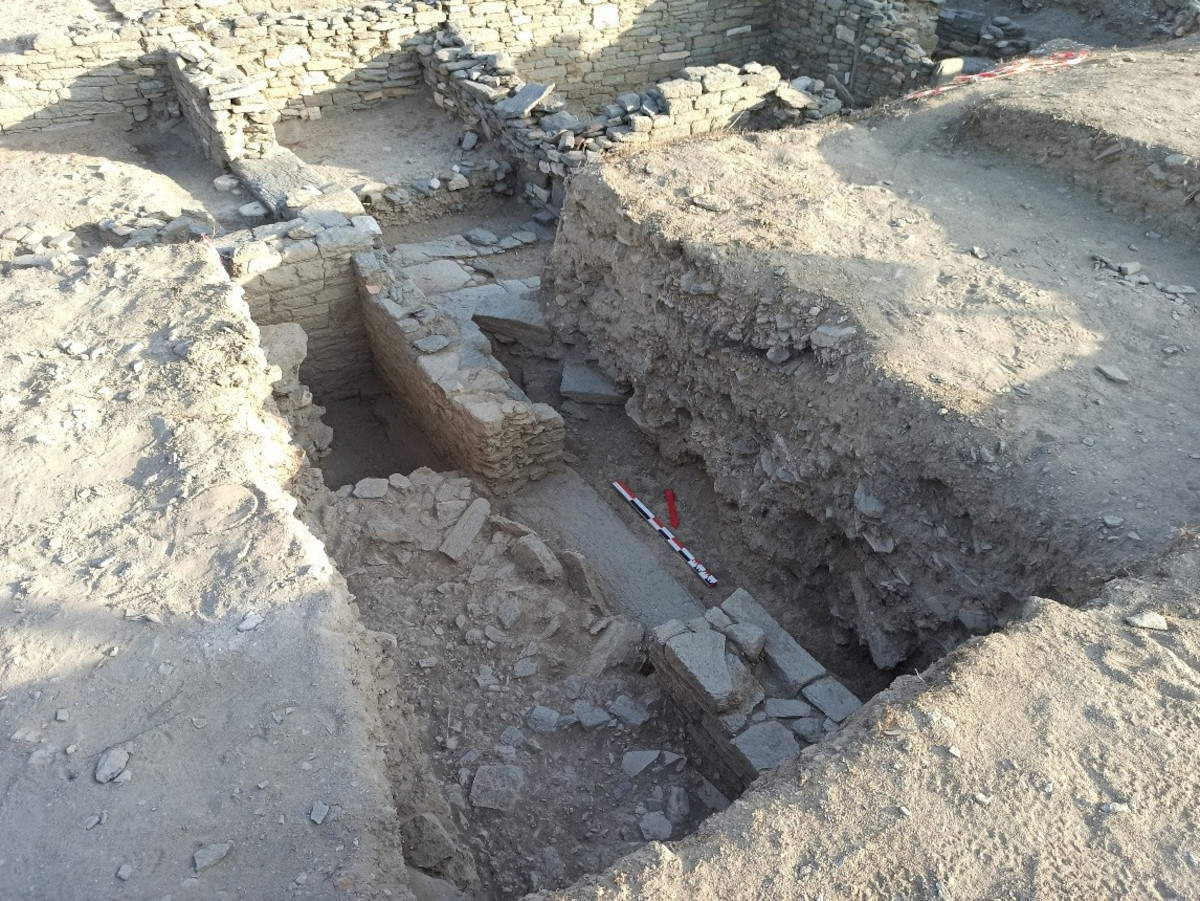
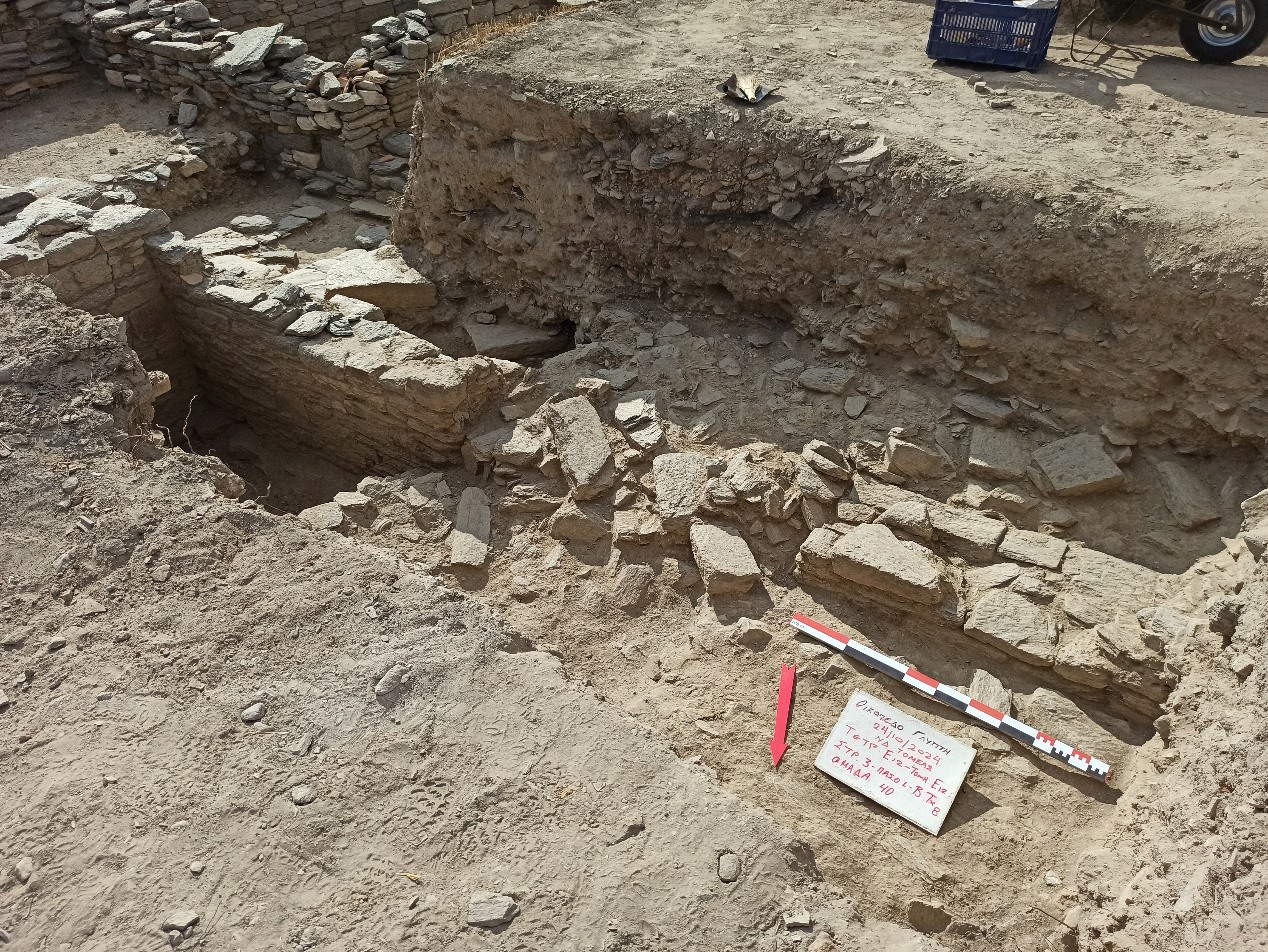
Prominent among the materials found in the layers of abandonment are terracotta matrices, seals, pigments, purple, and metal slag, all of which testify to a later phase in which the site housed broader workshop activities, not limited to marble working. The data indicate that the Floga area was a dynamic site that went through different phases of use, from dwelling to workshop. During this year’s excavation campaign, additional rooms of the building complex were brought to light, the masonry of which preserved particularly relevant elevations. The movable material collected also proved to be of great interest: in addition to new incomplete marble sculptures, including figures attributable to the iconography of Aphrodite, terracotta female heads, more ceramic dies and seals, and a huge quantity of ceramic fragments were recovered, enriching the picture of the activities conducted at the site.
The research activity has been supported financially by theAthanasios & Marina Martinou Institute, whose continued contribution has been instrumental in the continuation of the project. For the 2024 edition, key support also came from the Municipality of Paros, which provided housing for the students, the Panagia Ekatontapyliani Sanctuary, which offered daily meals, and the KTEL Parou transport company, which provided free daily travel between the accommodations and the site.
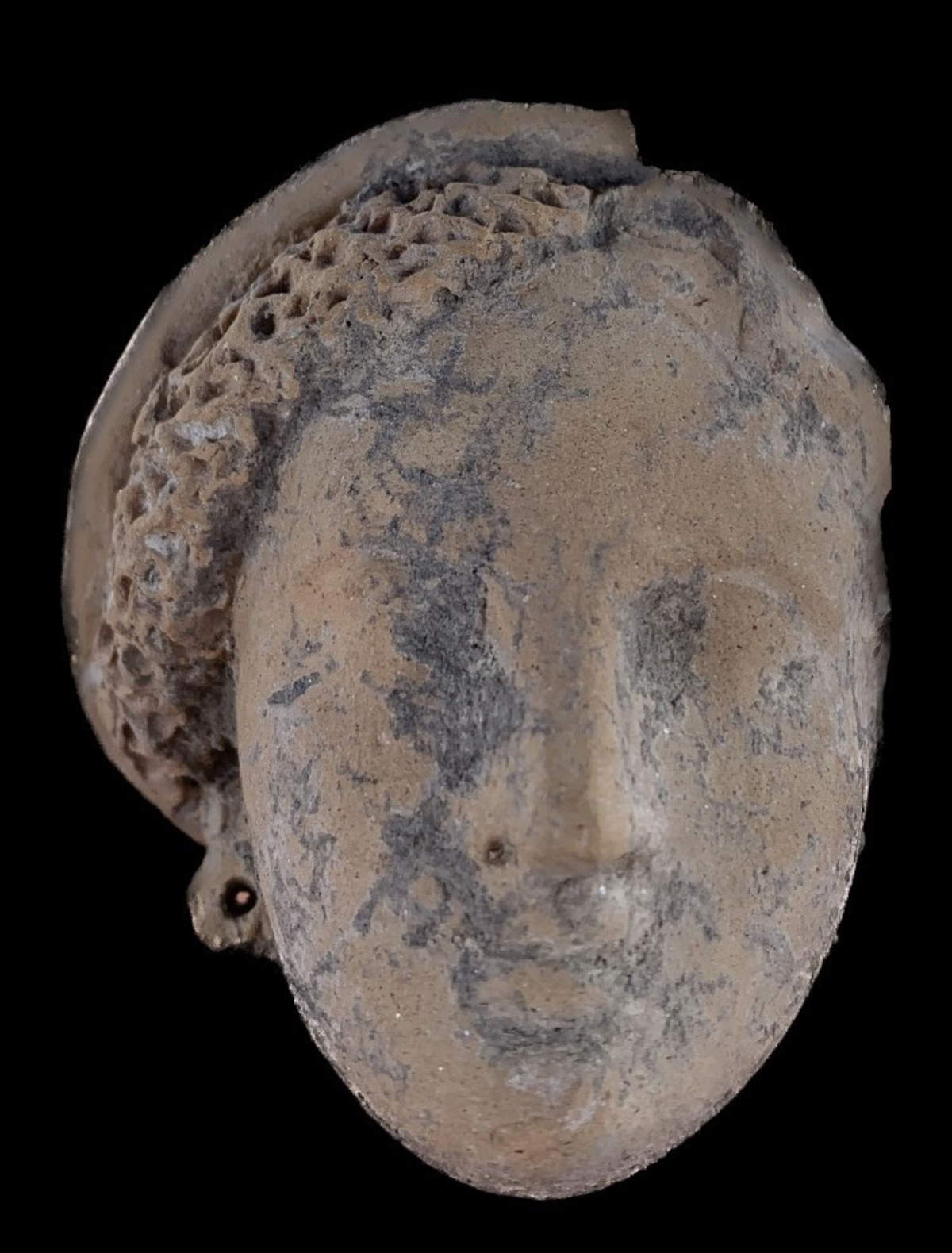
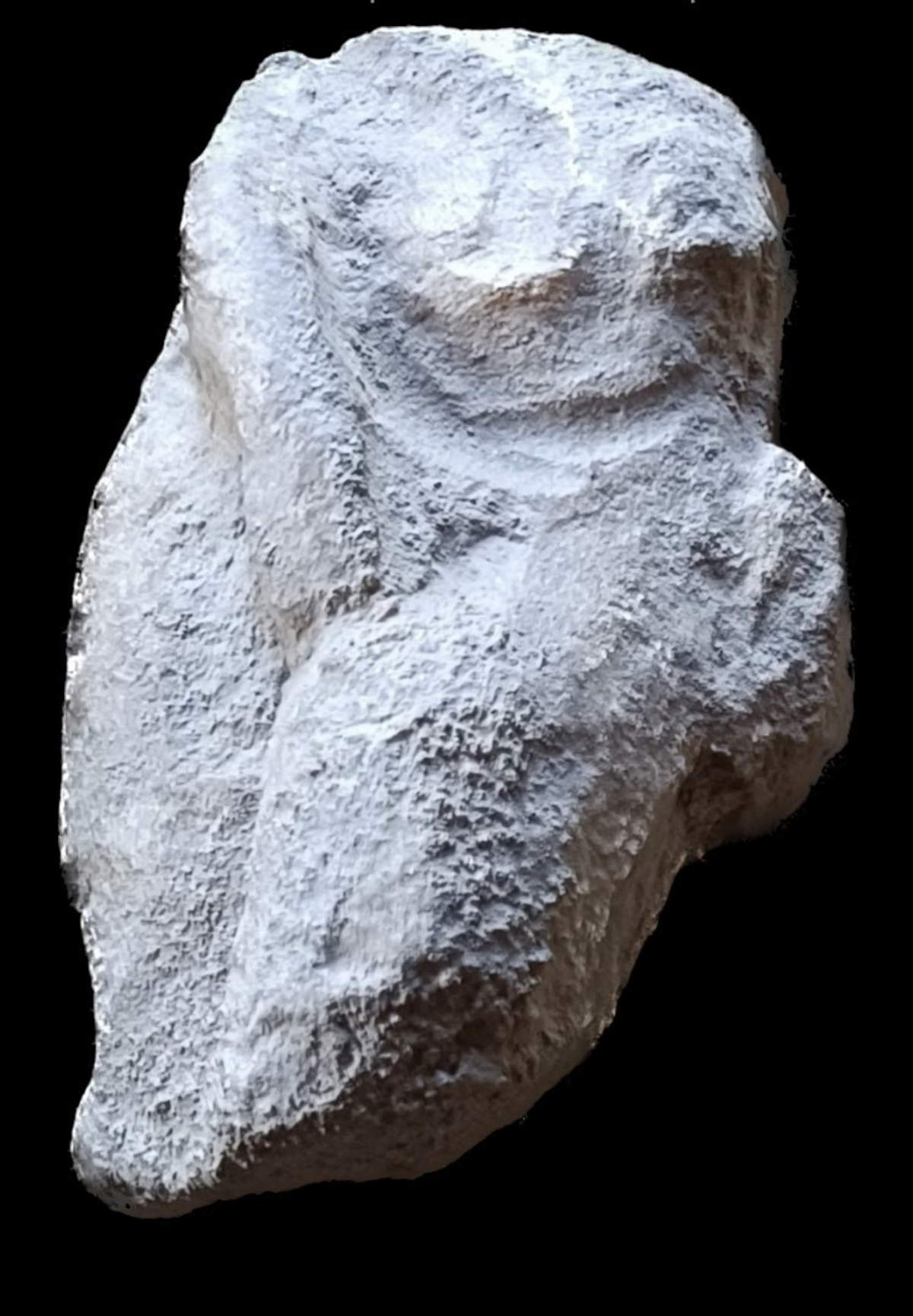
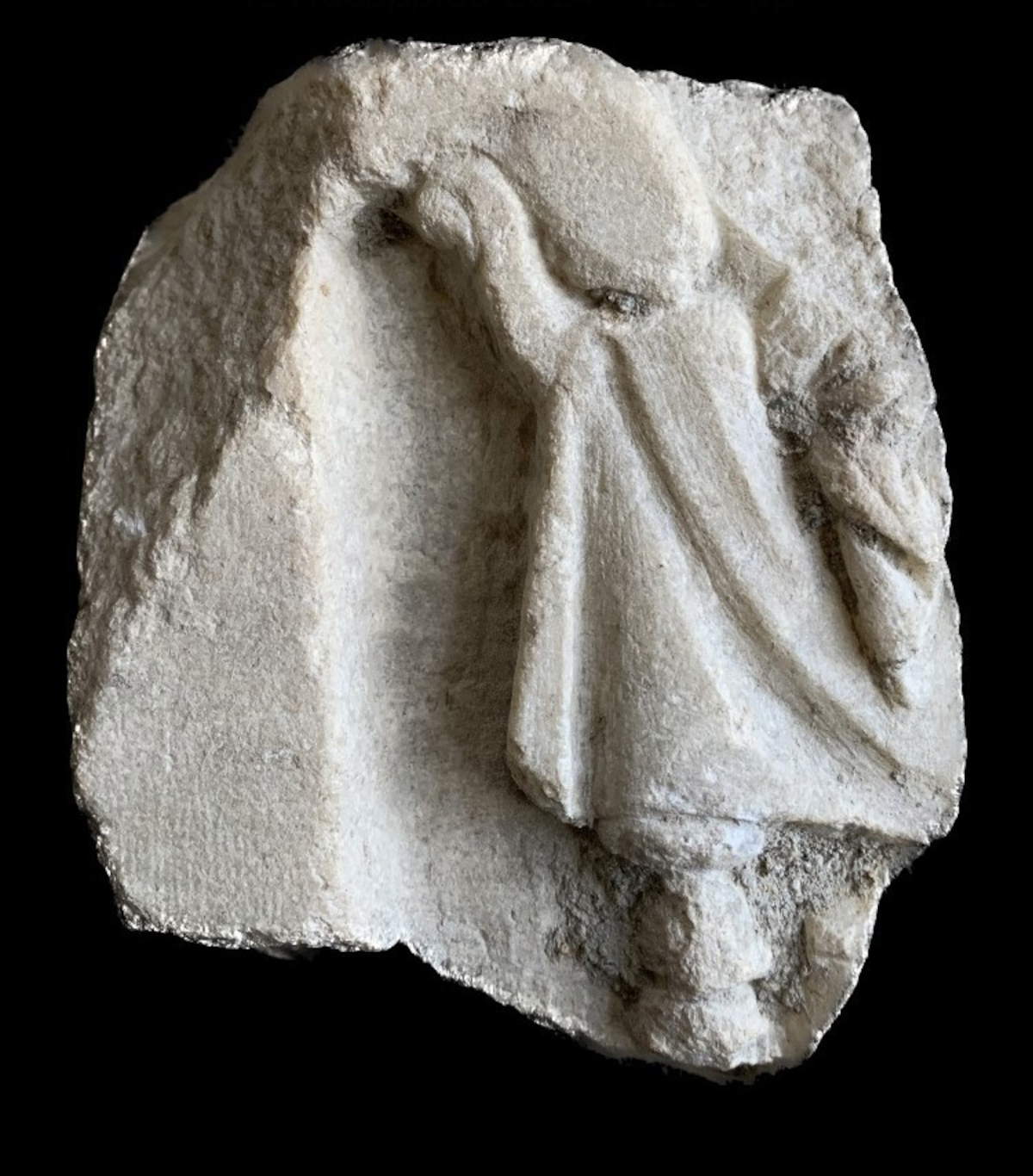
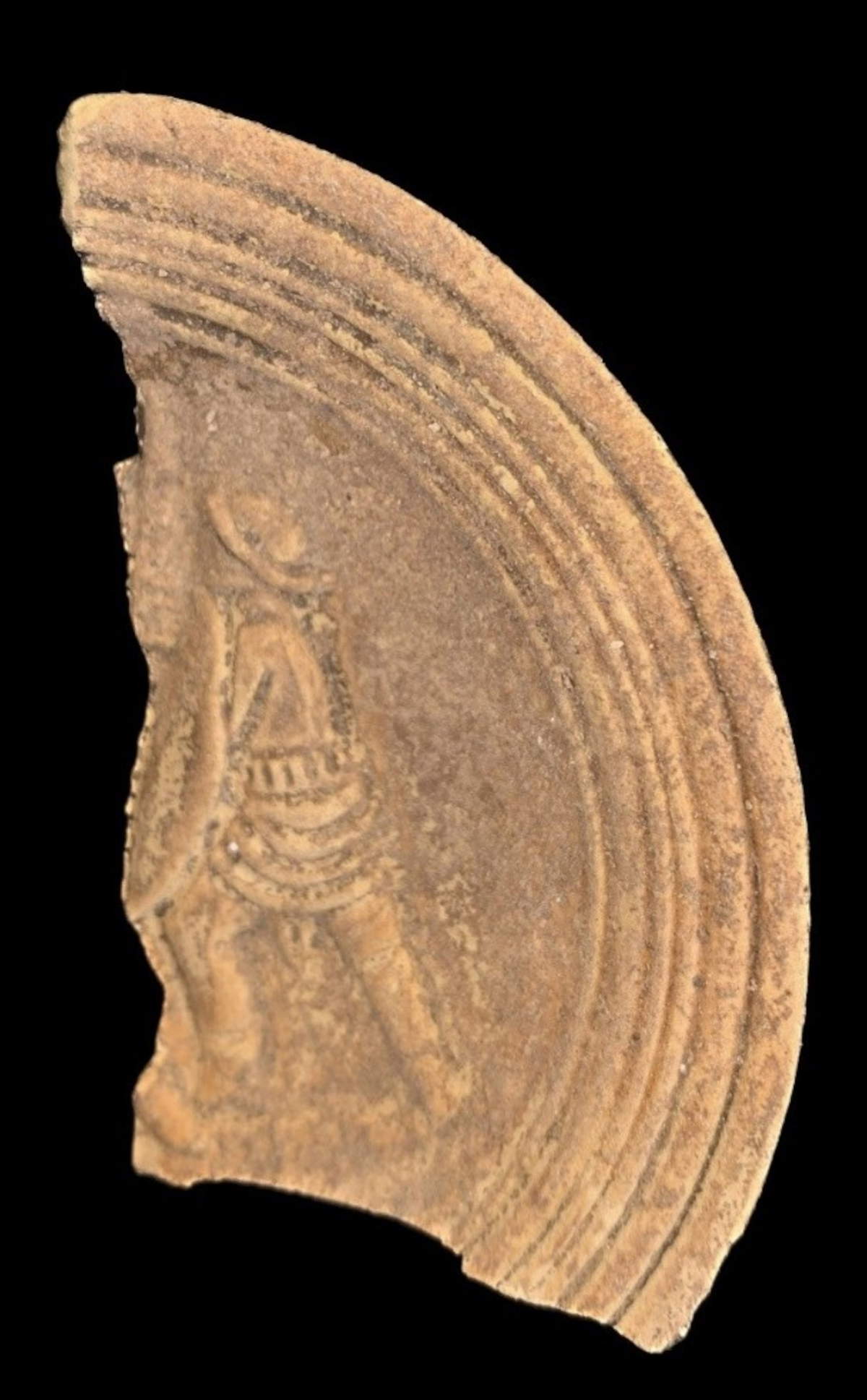
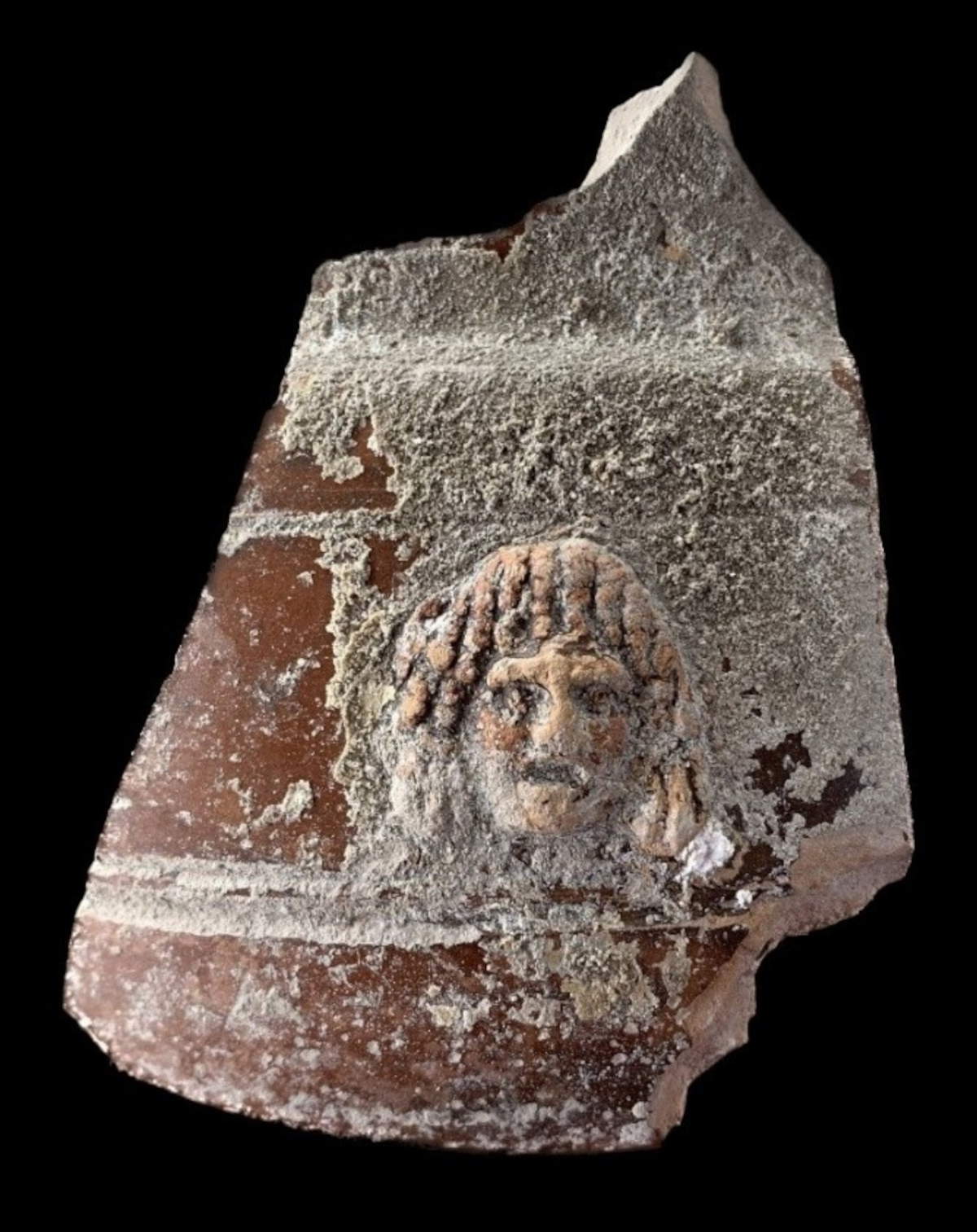
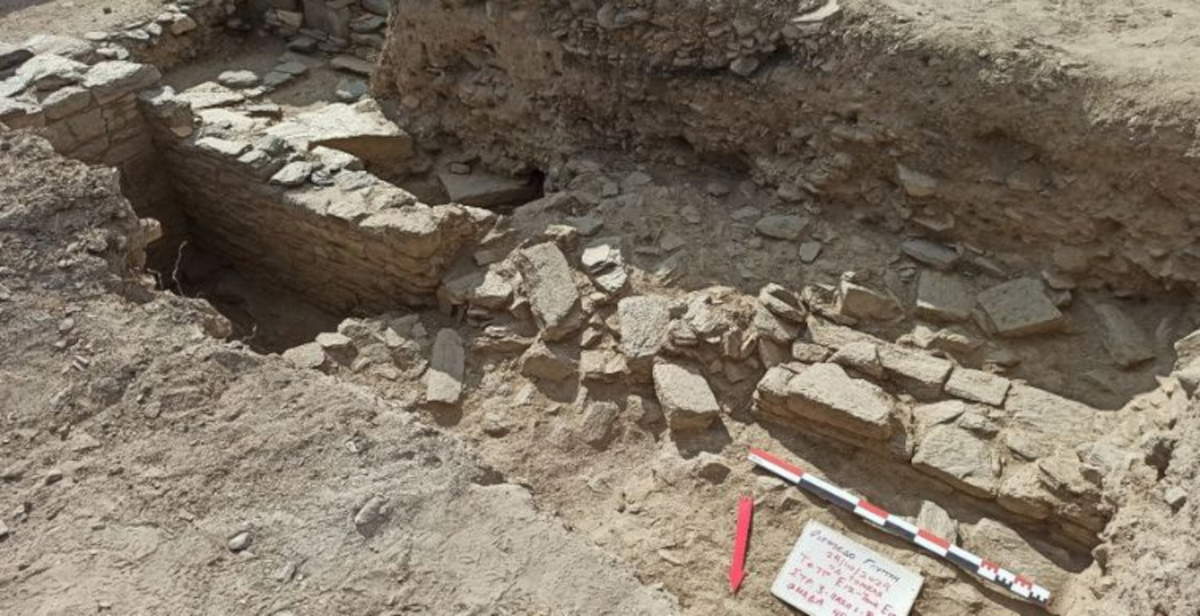 |
| Greece, excavations at the Hellenistic sculpture workshop in Paros: what archaeologists have discovered |
Warning: the translation into English of the original Italian article was created using automatic tools. We undertake to review all articles, but we do not guarantee the total absence of inaccuracies in the translation due to the program. You can find the original by clicking on the ITA button. If you find any mistake,please contact us.